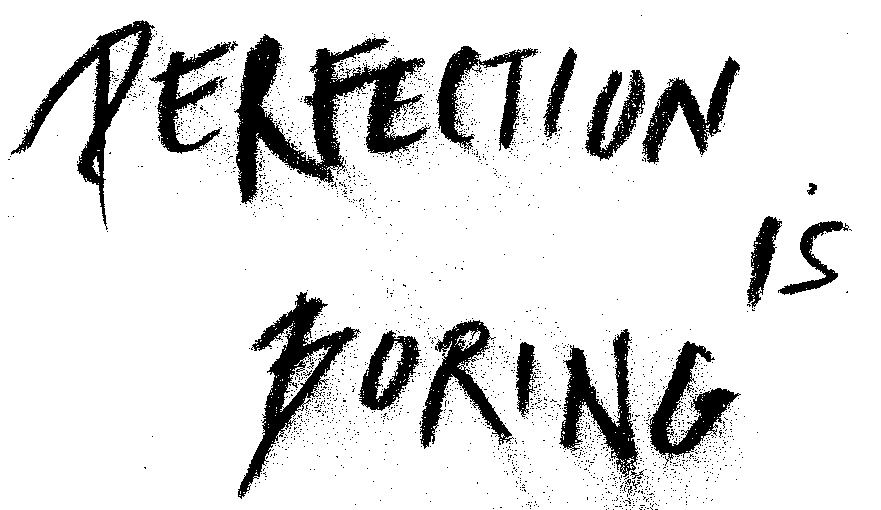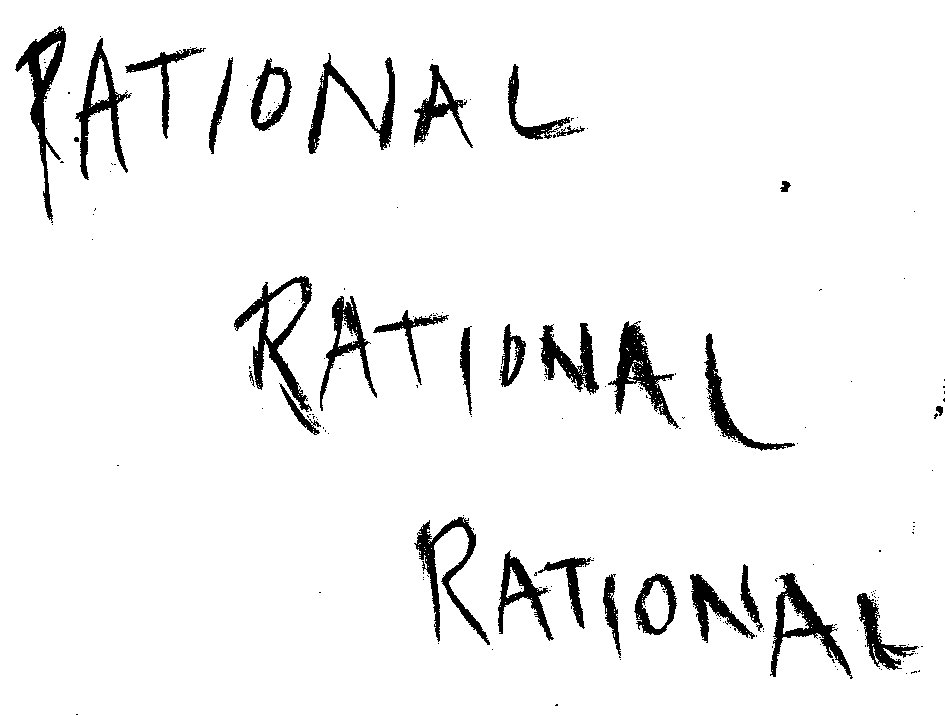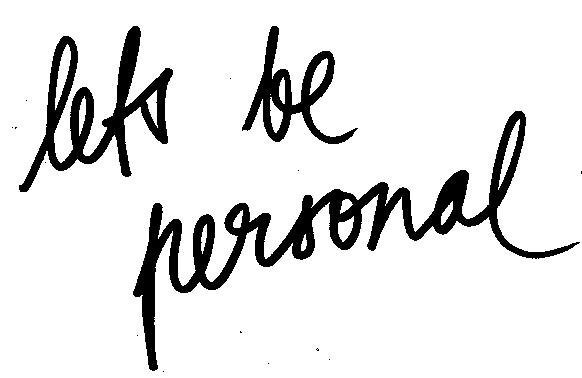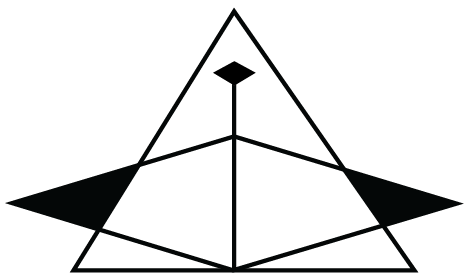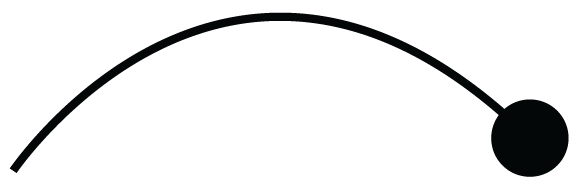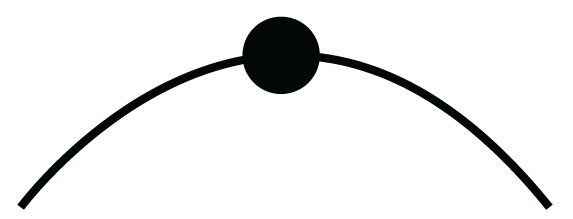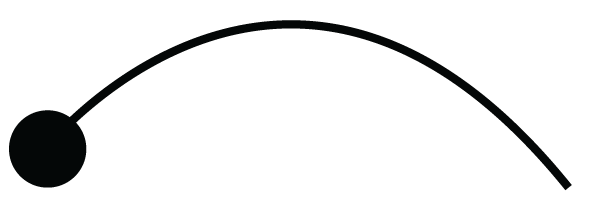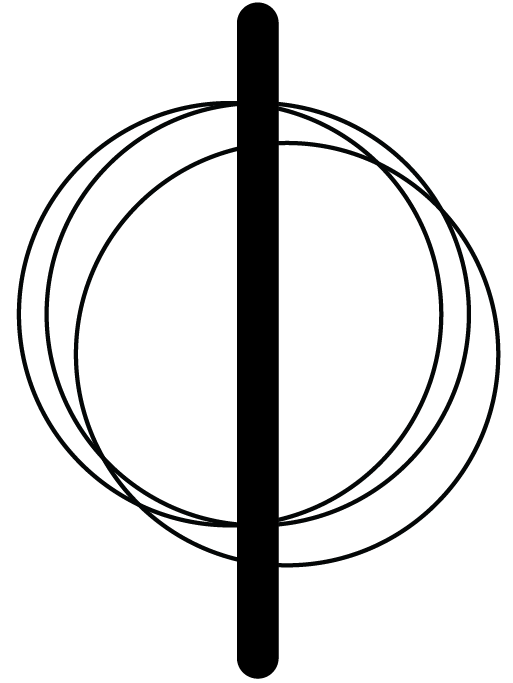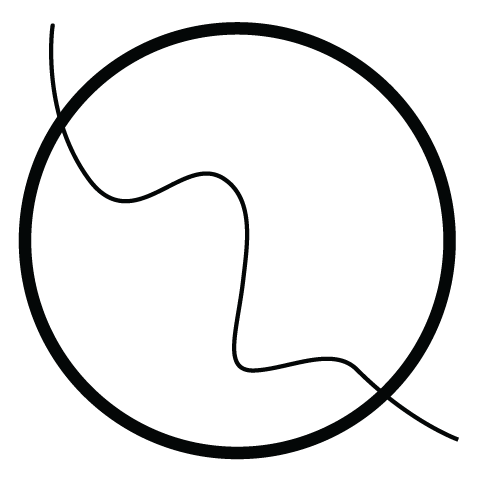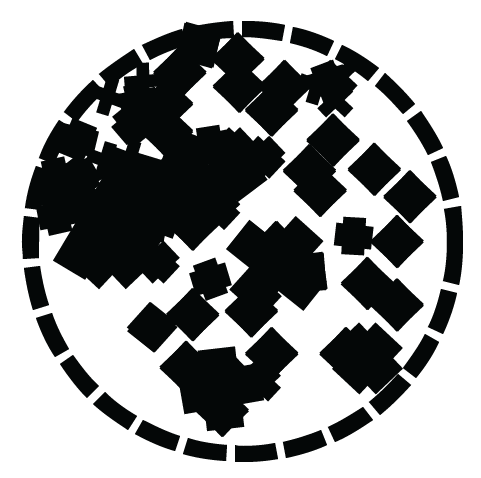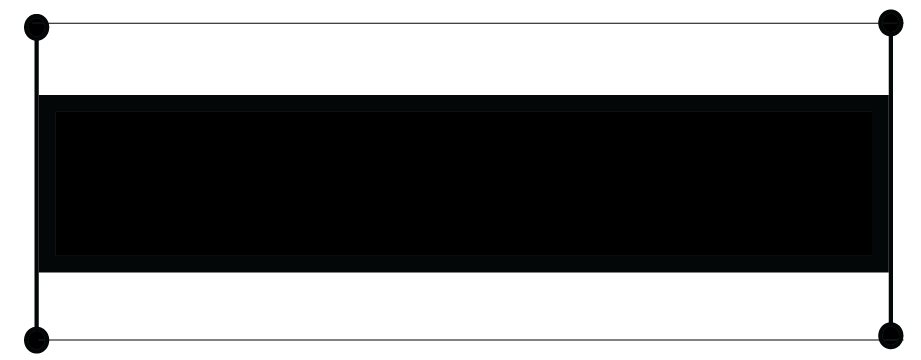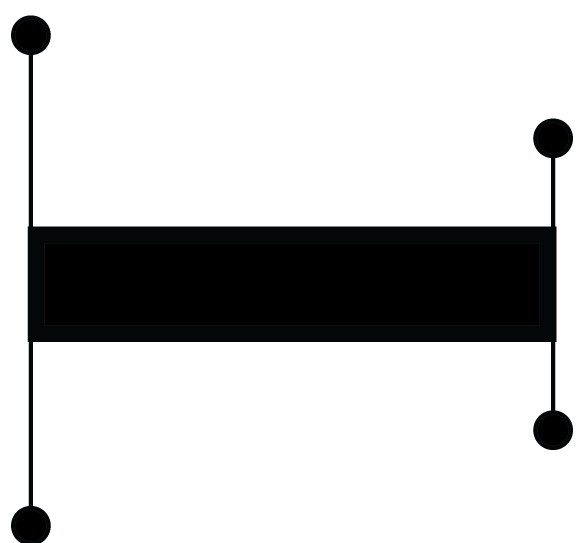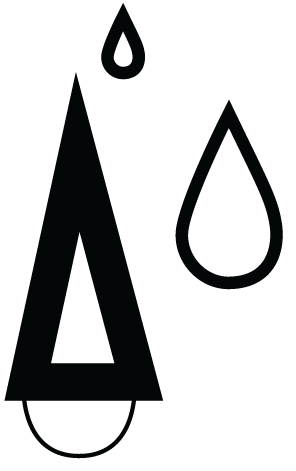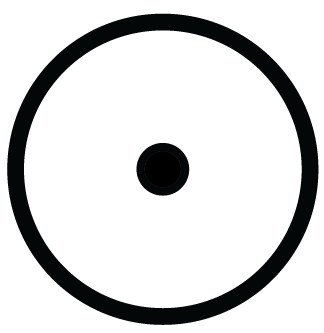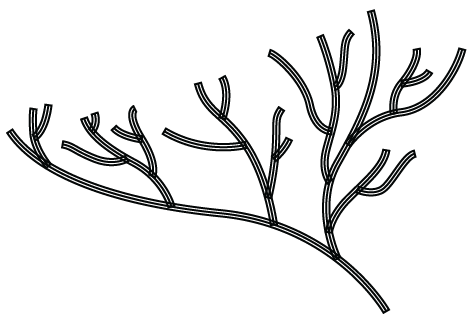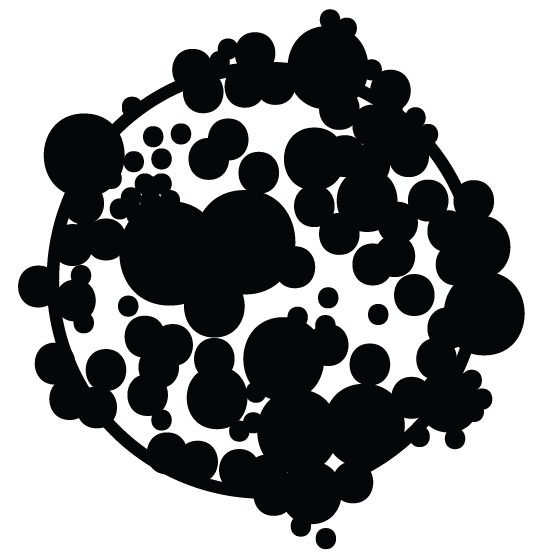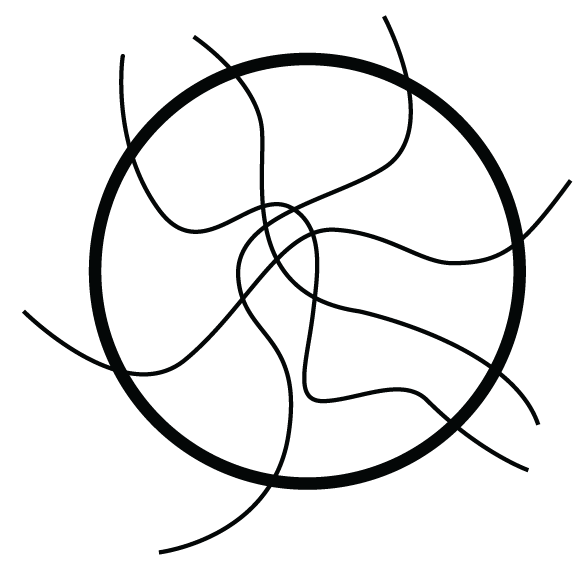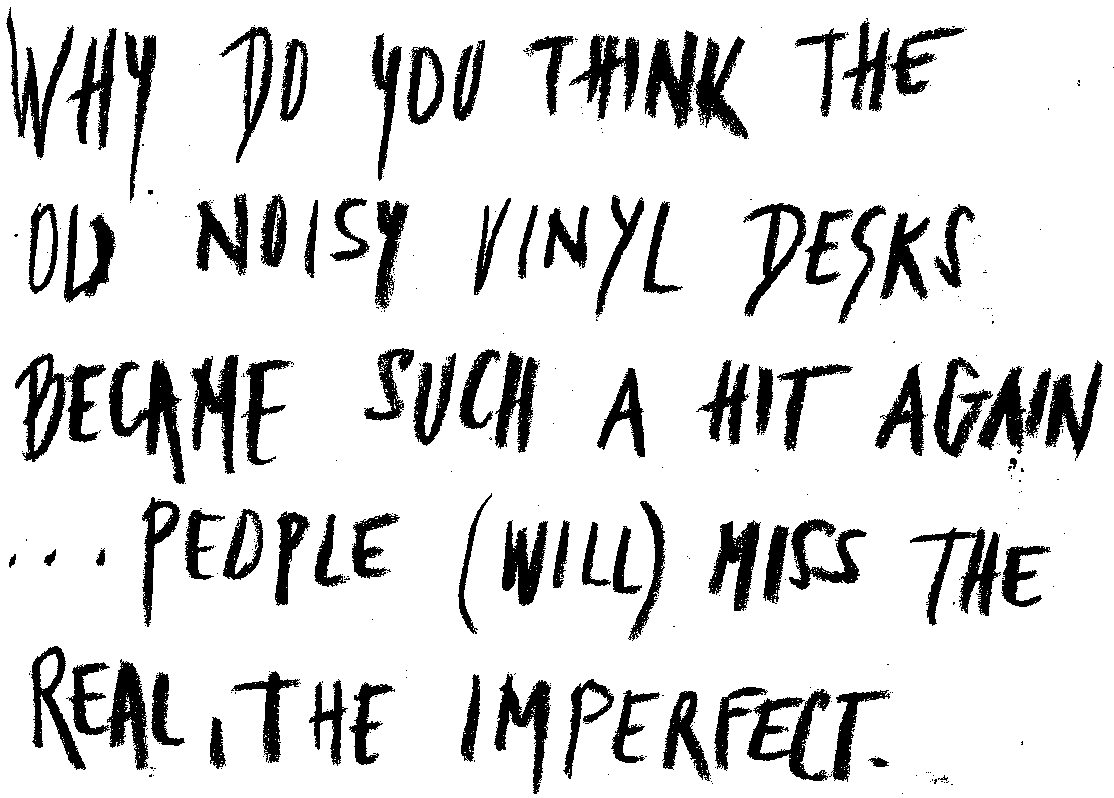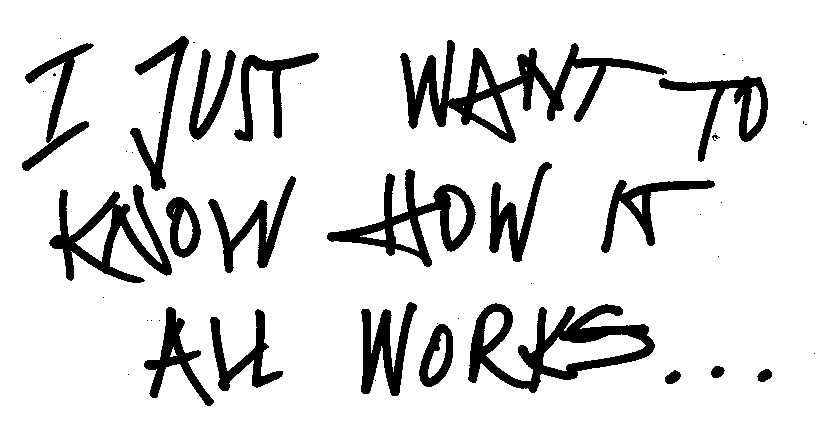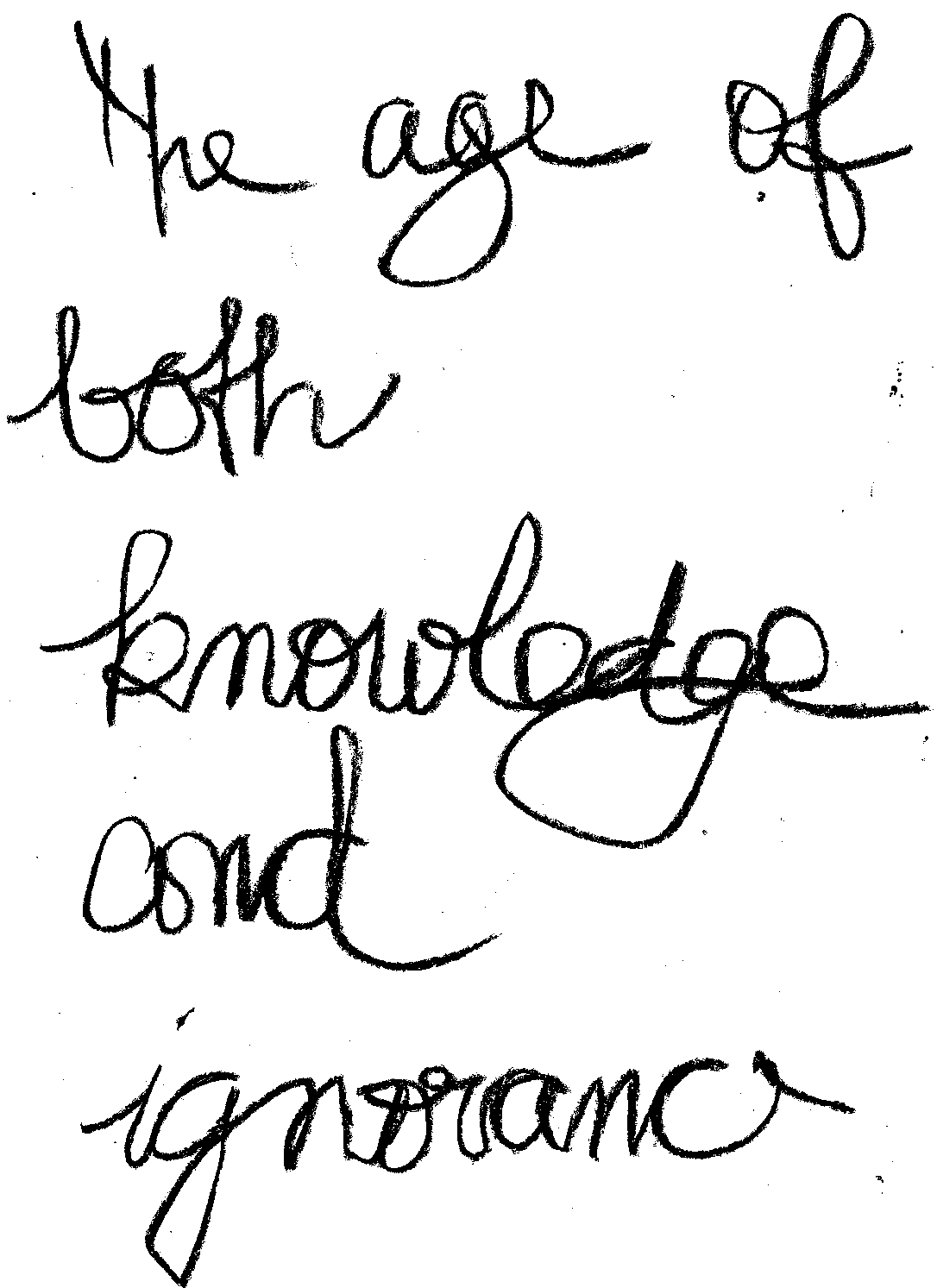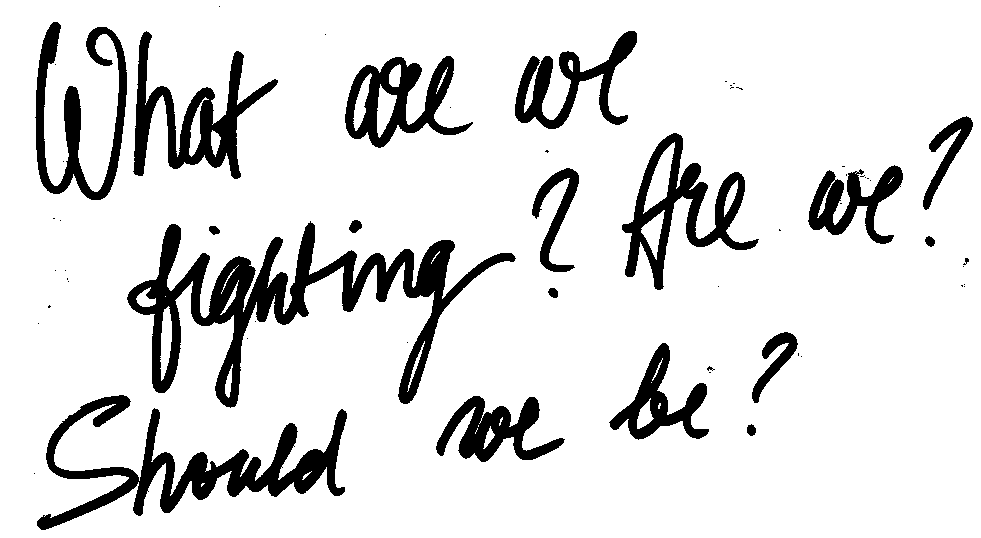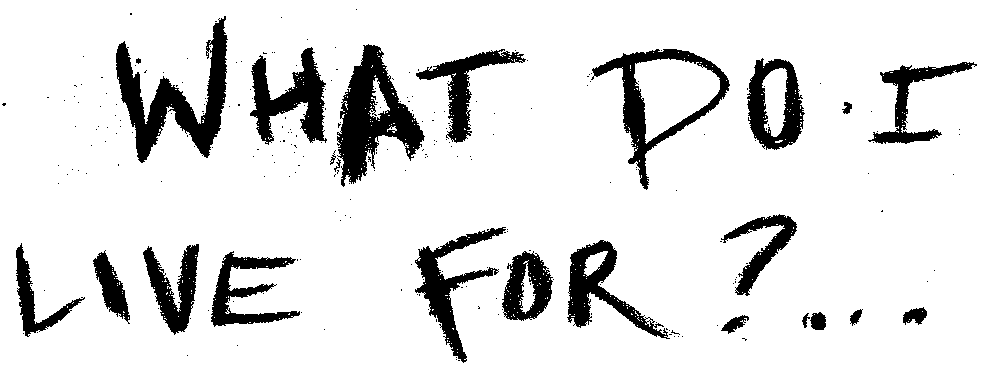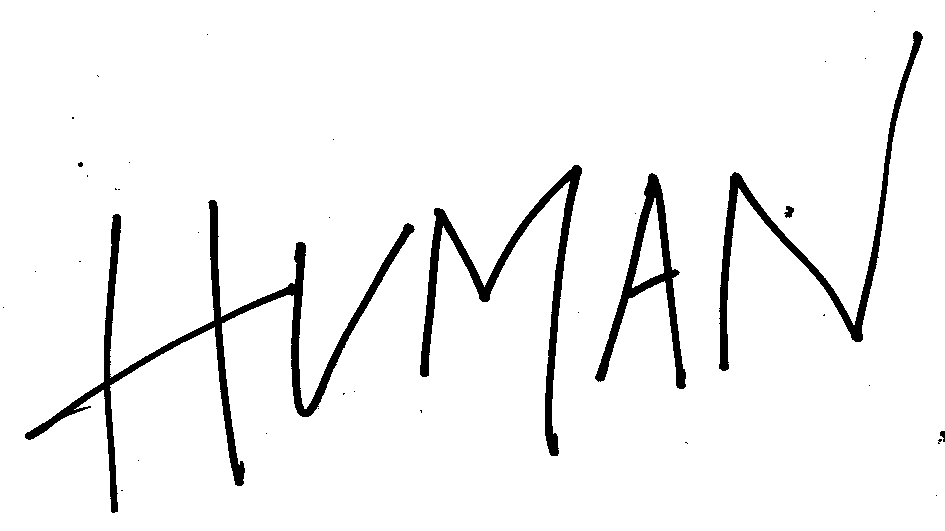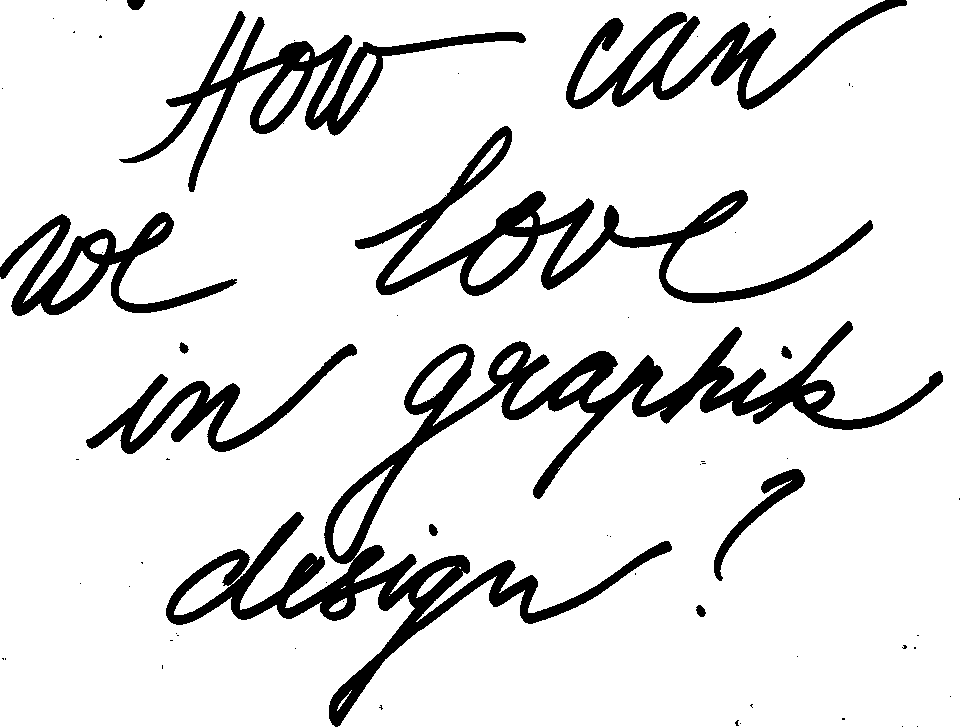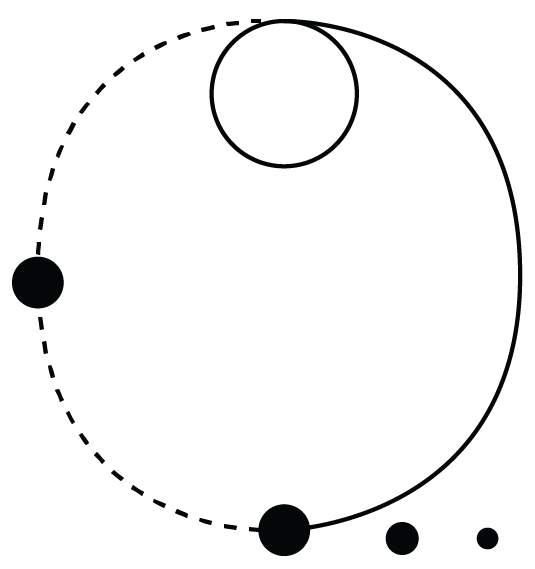We have to understand that technology has the ability to dehumanise our society. This is not about the many times discussed dystopian idea which gave rise to a series of filmography works about the artificial intelligence taking over and replacing man in the future. This is about series of factors that prove that technology rationalizes our processes, environments and simply our natural way of thinking21. What can be observed is that the term “rational” doesn’t at all sound negative to us, because we connected it with efficiency and that is what drives our modern world. Computers lead to faster actions and as time costs money, we try to achieve a lot in short period of time.
The past decades with more and more frequent use of technology - screens replacing books, computer keyboards replacing hand writing, machine operating reducing amount of mutual human interacting at work - our minds actually enhanced in thinking analytically solving more technological problems, but as psychologist Guy Claxton says, we have lost touch with the so called “Slow Mind” - the one efficient for addressing ecologies and systems, things that are at the moment the most alarming for us to solve.22 We are becoming gradually ‘separated’ from our real inner source of thought, personal experience, and creativity. In graphic design for instance, we took comfort in using pre-defining software and we limited the use of different craft techniques.
In this process, we are missing the natural expansion of our minds. Social theorist of the twentieth century, Max Weber, regarded that this belief in efficiency led first to redesigning of factories and labour, but we ended up redesigning even many of our social practices23 with the aim to convert input into output as fast as possible. Think of the global McDonalization of society, term used by sociologist George Ritzer24, the symbolic fast food that represents every step of rationalization from the kettle on the farm to the consumer in a restaurant conceptualised into alignments of identical elements. Identically dressed and ordered staff members placing the identical packages of food from the classified portholes, spitting the burgers and fries like on a conveyor belt onto the identical trays of a consumer, standing in line for his food like the former scenario of the kettle waiting for its slaughter.
THE QUESTION IS “DID GRAPHIC DESIGN UNDERGO A MCDONALIZATION?”
This example shows the chain of things affected by the automation of one sector making every other step of the business implementation systematized and leading to profit. Now, with a creative sector like design, we would think that there is no way we are tying to that chain, because creativity can be perceived as the celebration of individual expression that brings new solutions, but sadly we often become the intermediary of these dehumanising processes. Naturally, we adapt to the repercussions of our time and integrate into the system. This way of achieving of financial security however entails cases where a designer needs to use his creativity in a place where it might not in the end represent his distinctive artistic character, but it is simply about fulfilling the needs of the client and the corporate use. In such cases we could consider graphic design undergoing the so called McDonalization, because its purpose is in many cases to win people’s attention and trigger desire in the products it is aiming to sell. Meanwhile ignoring the effects it may cause. Take in account the issue surrounding the deforestation of Indonesian virgin forests in order to replace it with hectares of Palm Oil plantations, the biggest food supply of the products sold on the other side of the world as an ingredient to most of our shampoos, creams, make-up products, chocolate, potato chips etc.25 Graphic design that helps selling such guilty products is thus ignorant to the consequences as much as the companies that initiate it. Orphaning or killing the animals of that area and polluting it with omnipresent haze of smoke by burning the already small amount of natural resorts, which help the ecosystem fight our alarming carbon dioxide emissions.
Once the capitalistic thinking became generally lapidary in our minds and the speed of production accelerated, similarly as other business sectors, graphic design naturally assimilated to the wants of the contracting authority. In many cases, the way the world assets are layout seems to leave no golden mean between the choice of money or being a good (environmentalist) person (which should actually be the goal of all of our generation in order to save the next one). You either accept the job offer of a big successful and wealthy enterprise that might be however involved in series of activities that contribute to global degradation or you set your values to contribute to the opposite. It is however never easy to bypass the satisfying financial endowing. Perhaps life pushes a designer onto the other side of his principles. Even then he should at least never stop questioning and holding the awareness of his participation in this vicious capitalistic circle. Talent is a responsibility and we should not forget to use our creativity as a mean of bringing new ideas: solutions to hard-to-solve tasks (like global warming).
The truth is (and always was), humans are complicated. For the business and even structuring of our overcrowded environments, simplification and systematization was therefore inevitable. However even as we do participate in some rationalized business concepts, we can try to make our designs flexible and open for individuality. Most of all, we have to make sure we are not supporting the slaughter at the end (or the beginning) of the process.
Great work in that matter has been repeatedly made by an Amsterdam based interactive design studio Moniker, who is literally aiming in researching the social effects of technology.26 Using people’s integration and crowd-sourcing visual results can end up in refreshing variety. Smartly developed design system for a visual identity, for instance, can have some established characteristic essentials that will be regularly on display, but inclined to end up with endless amount of different executions. This can be seen in the brand identity of Casa de Música or the logo generator made by Stefan Sagmeister27. It creates a feeling of disparity even though commercially it is fulfilling the task to repeatedly brand the same thing. Earnestly bold approach to logo designing can be also recognized in the new Lesley Moore’s visual identity, in their words “created by you”, as they decided to construct it from set of elements given to the public on a website and storing them in ‘the logobank’ for future regular switching between different identities of their studio.
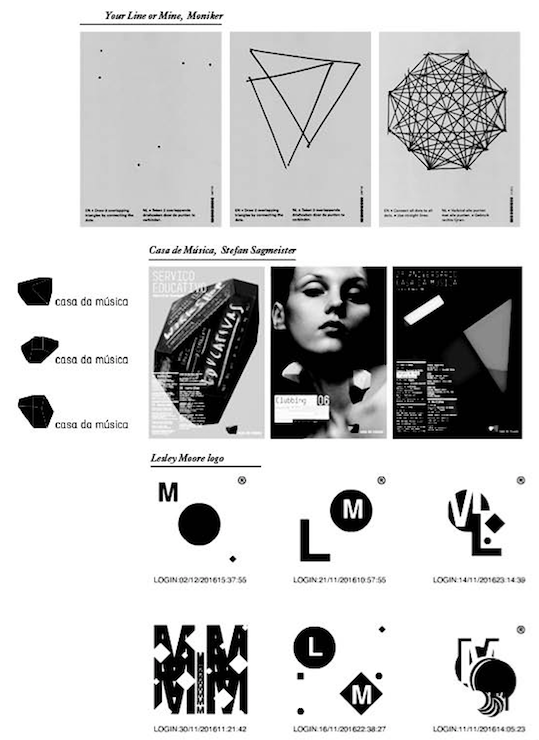
THE WAY WE WERE DESIGNED SHOULD BE THE WAY WE DESIGN
The latter cases could be considered examples where graphic design mitigates the phenomenon of the mentioned “McDonalization”, trying to bring back some human singularity. However we should question if is the right way for us to choose to design with the principles completely opposite to what we disagree with. If we decide to do everything different from the crowd, we will never acquire the power to influence it as much as if we decided to first acknowledge all its natural needs and mechanisms. This can be a question for a designer, but it can also easily be a question for a scientist or a politician. We strive for harmony and we all wonder how things work and how can we make them work together in equilibration and coherence. Yet the matter discussed so far only shows that we are getting further away from such ideal state.
The mathematician Benoit Mandelbrot professed the theory that the smaller the units of measurement, the more accurate your final results.28 Nassim Haramein , a scientist, that deliberately chose to avoid joining the system of an educational institution, but established his own study mainly on Einstein’s theories, thus observes the principles of the universe on the mechanization of grains of sand. His experiments and calculations prompt that all protons are entangled and connected through the very structure of the universe, where everything mainly consists of empty space, which is however fluctuating with intense dynamic energy levels. This would mean we are part of everything and we function in relation to everything around. Did you ever notice for instance, that a set of repeating principles predetermines the way elements grow and function in nature? Look for instance at the phenomenon of ‘branching’: The way a tree grows can be likewise observed in the way the blood veins lead through our body and heart, the lightning strikes in a storm from the sky to the ground, the way rivers are divided on the Earth’s surface and the foundation of growing of a tree leaf is naturally designed. There is endless variety of the results coming from similar basic instructions nature sets in the foetus of any new life. It is the essence of us too, that we are all born encoded with similar set of physical principles that give rise to a unique result for every human being. Yet there is a common energy that makes this happen in the first place and connects us all together.

Why his approach could be now meaningful for us in designing (or in any other sector that tries to make our world better) is that in order to achieve that balance again, we would need to look back at how everything relates. Nature is the highest creative power. This is not a matter of believe, but simply a fact proved in everything that it creates; through complex fractal mathematics preserving endless possibilities of growth and evolution.
We enclose ourselves in boardrooms, offices, laboratories and schools in order to find new innovative ways that lead to an improved standard of living, but we keep loosing contact with (our)nature that seems to have all the answers.
In all our modern artificial implementation, understanding of our own human nature again can be the crucial tool for a designer to make sure the noise of technology does not override the voice of us. In other words, to design our environments to suit us, humans and not the machines.
